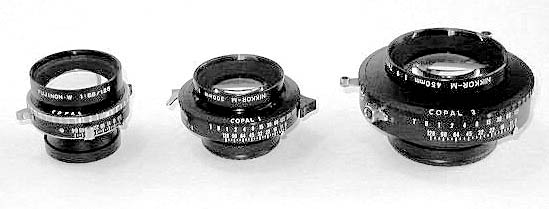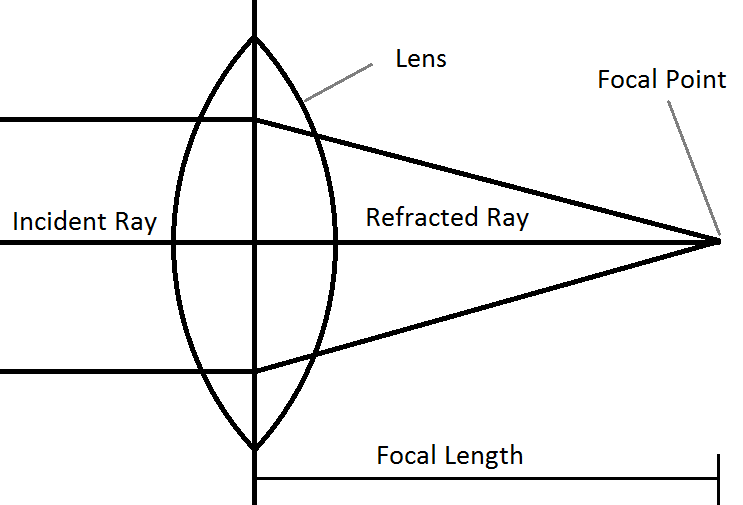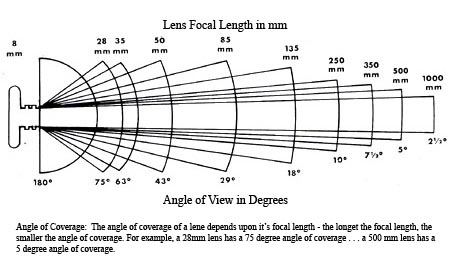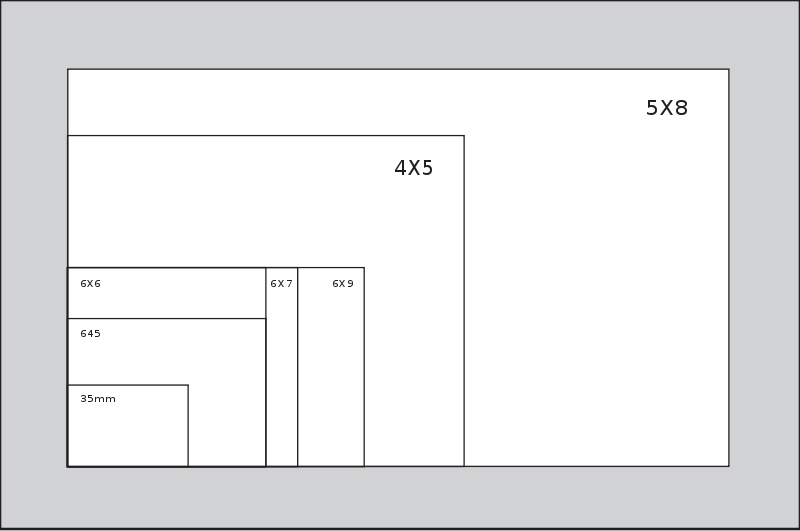
Large Format Photography

Lenses - Focal Length and Coverage:
| All camera lenses for all formats
have a focal length - It is the measurement of the distance from the lens to the film when focused at infinity in millimeters or inches. |
|
 |
this is the "burning ants" distance
|
|
Measure your magnifying
glass focal length by focusing a distant light source on any surface and
measuring that distance. Lens Focal Length - _____________________mm ______________________ inches |
|
APERTURES-
F/Stops The
f/stop or aperture is determined by the size of the lens opening in relation
to its focal length. The
f/stop or aperture is determined by the size of the lens opening in relation
to its focal length.First measure the focal length of your lens._________________mm ______________inches The size of your lens diameter: __________________mm ___________________inches The f/stop is the
focal length divided by the diameter of the lens (or lens opening). |
|
|
Angle of view: The angle of view
is determined by the focal length AND the size of the film format. The "Normal" lens with about a 45 degree angle of view has a focal length equal or close to the diagonal measurement of the film. Normal for 35mm is 50mm, normal for 4x5 is 150mm |
 |
|
A lens that is less
than the "normal" focal length will give you a wide angle view. |
 |
| Our
pinhole cameras have a pinhole that is .5 millimeter (one half millimeter. The f/stop will change with changes in the distance |
|